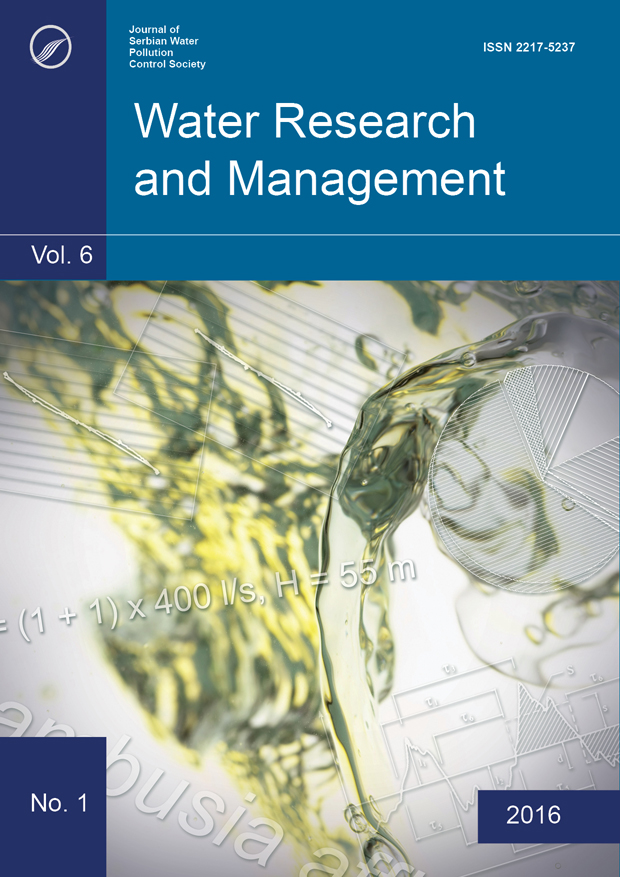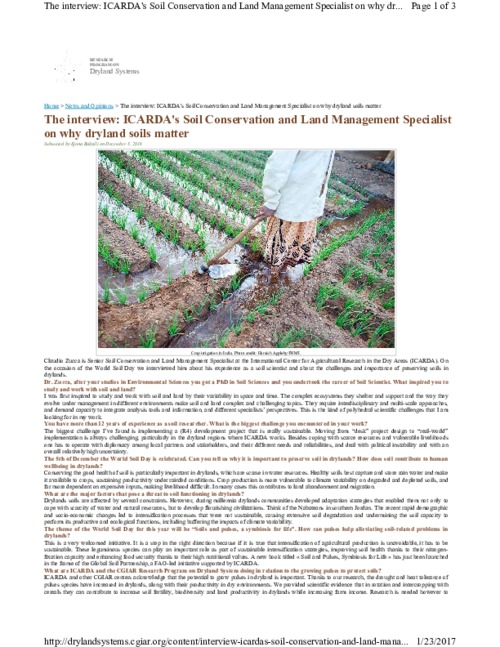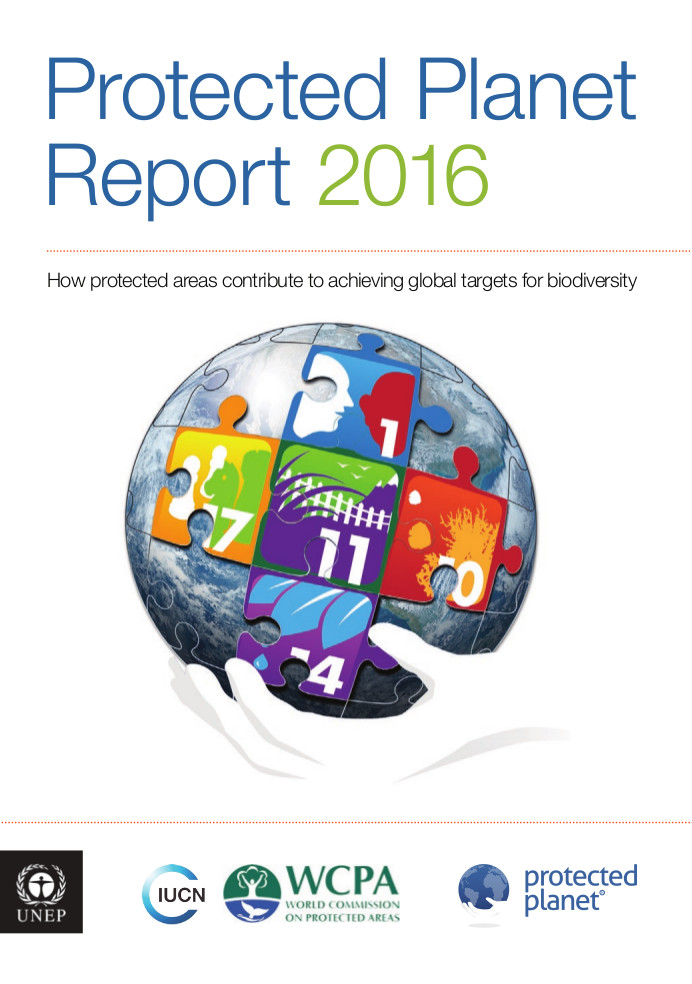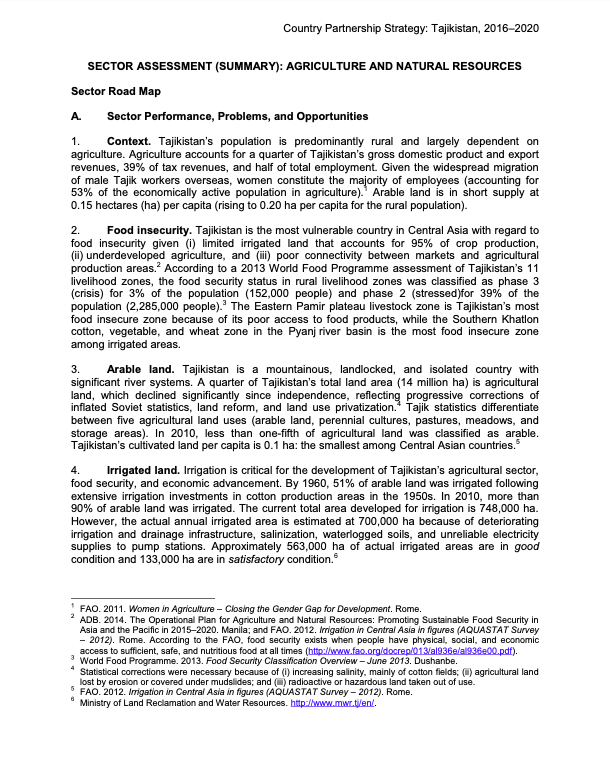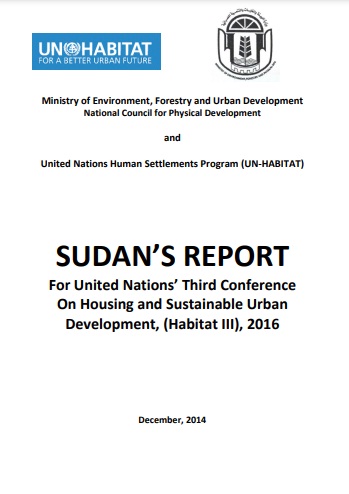National Policy Agenda 2017 - 2022.
The National Policy Agenda is a cross-cutting nation-wide document aiming at providing all Palestinians with an improved standard of living, better services accessible to all and responsive, accountable, transparent public institutions that put citizens’ interests and needs first improving their quality of life by providing high-quality public services, fostering job creation in the private sector and protecting the vulnerable.The Agenda is built upon the National Vision and three pillars each including a series of national priorities as follows (i) path to independence (including ending th


